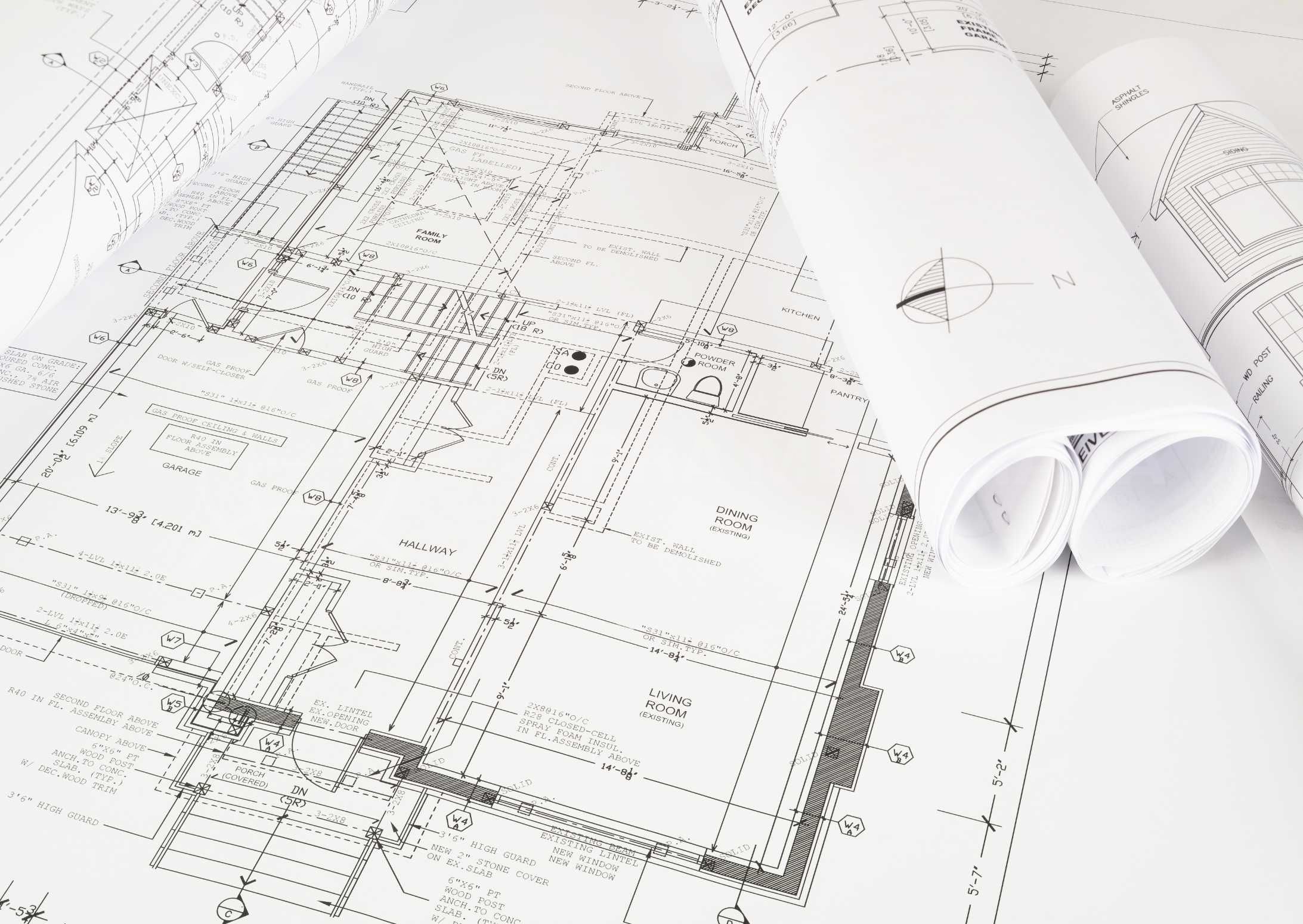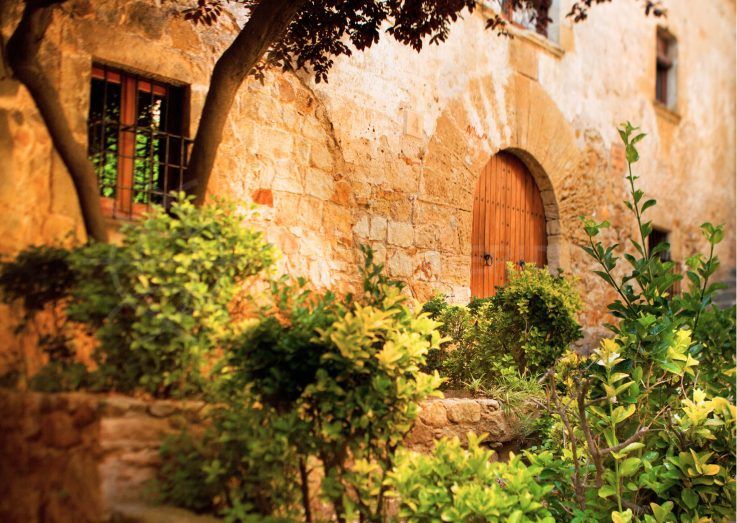
Opinion
I want to reform a property in Spain: Is It Complicated?
A lot of people who decide to buy a home in Spain go the route of buying a resale, rather than a new build, home. The attractions of doing so are many and not unreasonable. The first one is the price. If you find a property that suits your taste but needs some renovation, upgrades, or even torn down and rebuilt, you can often find some great deals.
Many old houses were built to last, and you can find century – or older – homes that are still going strong and just need some love. What’s more, an old house has a kind of gravitas and cache that you often can’t find in a new build without spending a lot of money.
However, a fixer-upper can be more complicated than you think, and you should know what you’re getting into. Of course, that also applies if you already own a home – or apartment – and are thinking of making some upgrades or adding an extension.
Is your property situated on land classified as Rustic or Urban?
The first thing you need to be aware of is whether you are in a zona rustica (rural countryside) or urbana (area zoned for “urban” development). If the latter, you can make additions and changes to your house, conditional upon approval from the Ayuntamiento / local council.
But, if you’re in a zona rustica in Andalusia, you are not permitted to add home additions, including pools. The only property changes you are permitted in this case are for liveability, hygiene and safety. Sometimes, unregulated past additions – if you’re not in a nature preserve – can be regularized if they are more than 6 years old through a process known as DAFO, which I’ve written about previously.
In urban areas where renovations are allowed, the process can nonetheless be quite complicated, and it is very restrictive in Spain in general. Small changes that might not require permission in the UK Germany or the USA, often do require building permits here in Spain.
Building Licenses in Spain Explained
Minor changes to a home, such as putting in a new kitchen, putting in a new tile floor or renovating a bathroom, are known as “obra menor” (minor works) and require permits. Applying for minor works building permits through the local council is relatively simple and might not even cost you anything.
Nonetheless, there is paperwork. You will need to submit an application, a detailed list of intended work, an estimated budget, a title deed and/or last IBI (property tax) receipt. Sometimes, you need to submit photos of the property as well, depending on the work. If you’re lucky, the local council permits you to submit these electronically; if you’re not, then you’ll have to go in yourself or have your builder, designer, or architect do so.
More significant changes, such as knocking down walls or putting on additions to your house, are known as “obra mayor” (major works) and are a more involved process.
There are also more fees involved with obtaining permits for “major works”. There is a small fee for applying, but the primary cost is for the actual permit, usually accounting for perhaps 5% of your total budget. The exact amount will depend on the local council.
With major works, in all instances, you must get drawings done by a registered architect and possibly engineering certificates. Your architect will be experienced in this process and, know precisely what is needed, and have relationships with the local council to understand how to facilitate the process best.
Suppose you’re purchasing a resale home requiring renovations or additions, and you are working with a real estate agent. In that case, they should be able to recommend quality architects who speak your language. Generally, minor works applications are handled rapidly and, depending on the local council, might be approved then and there. Major works take longer, again depending on the town council, but generally 2-6 months.
Listed and protected properties
However, there is one case in which approvals can take a far longer time: historical properties. Maybe you saw the ruin of an ancient house beneath the walls of a castle and immediately fell in love. Take care; love is blind!
If you own or buy a house registered as having historical or cultural value, the process of renovating is much more complicated and drawn out.
You will not only have to go through the normal building permit process to demonstrate that your planned renovations are structurally sound, etc. Your application must also go through the Ministry of Culture and Historical Heritage (colloquially as “Cultura”).
To receive Cultura approval, you have to demonstrate that your plans won’t disrupt the historical character of the surroundings or the authenticity of the house itself. You may have to contract archaeological digs, proof of the materials you intend to use and so on. And the process can take several years.
You are freer to make aesthetic changes with a regular, old house with no official historical value. Still, you are nonetheless bound by the rules of the Plan General de OrdenaciónUrbanistica (PGOU) – the zoning laws – that govern each municipality.
These laws regulate what percentage of your property can be built, for instance, which could limit your intentions to build a “granny flat” or a private garage on your property.
Again, an architect will be knowledgeable on the local PGOU and be able to confirm the details of the currently existing house, its volume, footprint, services, etc. and what renovations that permits you to do.
The theme of renovations is a complex one, and I’ve barely scratched the surface. I hope that one thing has come through clearly here, though: get a local architect who is familiar with the local council’s rules, staff, chief planning officer, etc. It is money well-spent and less expensive than you might think.
By Adam Neale | Opinion | December 5th, 2023


